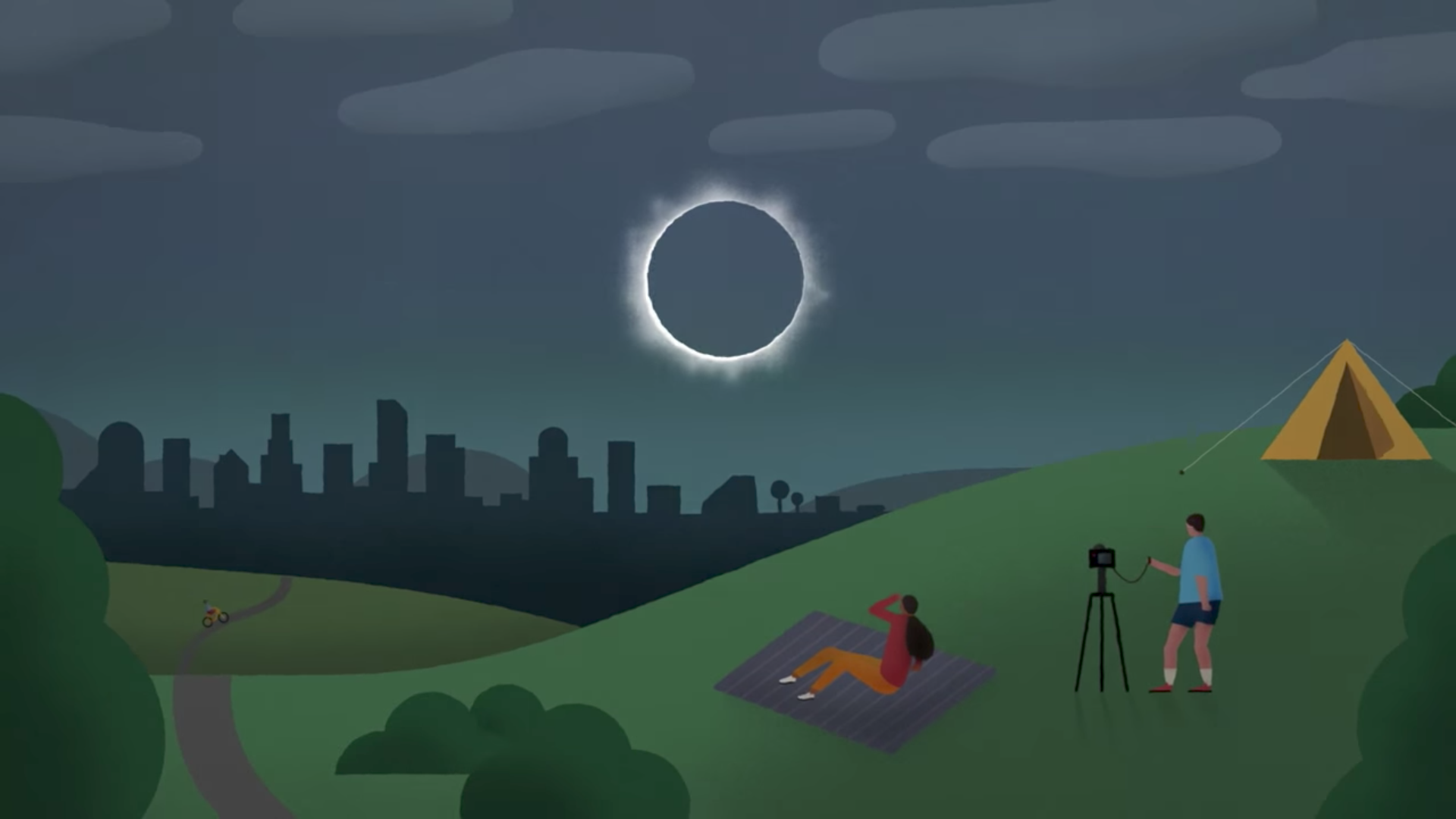Experience the First Complete Solar Eclipse in 100 Years on August 21, 2017
A total eclipse will be taking place on Monday, August 21 across sections of the United States.
This event will be the first total solar eclipse since 1918.
The following states will have more visibility with the solar eclipse: Oregon, Idaho, Wyoming, Nebraska, Missouri, Illinois, Kentucky, Tennessee, and South Carolina.
Data from Space.com shows the cities that will have the peak totality for the 2017 solar eclipse. They point out the Hopkinsville, Kentucky will have the most time with two minutes and forty seconds to experience the eclipse. Carbondale, Illinois and Colombia, Missouri both will have close to two minutes and thirty seven seconds to watch the rare occasion in the afternoon.
Each location will have a start time when the eclipse begins with just a small amount of the moon in front of the sun, a peak time where the moon covers the sun completely, and a final period where the moons rotates away from the sun.
On August 21 Carbondale, Illinois will start to see the eclipse begin at 11:52 a.m. The peak time will be at 1:21 p.m. and the conclusion will be at 2:47 p.m.
The New York Times reported on the importance of an overcast on August 21:
‘But much depends on the weather. If forecasts show cloudy skies in Carbondale, the crowds may not come. Alternatively, if things look dismal everywhere else nearby, then even more people might flock here.’
Google has partnered with a group of universities and research labs to put together a collection of photos that people take during the solar eclipse and arrange them in a cinematic project.
Watch the video for the Eclipse Movie by Google, and find out more via their main website.




